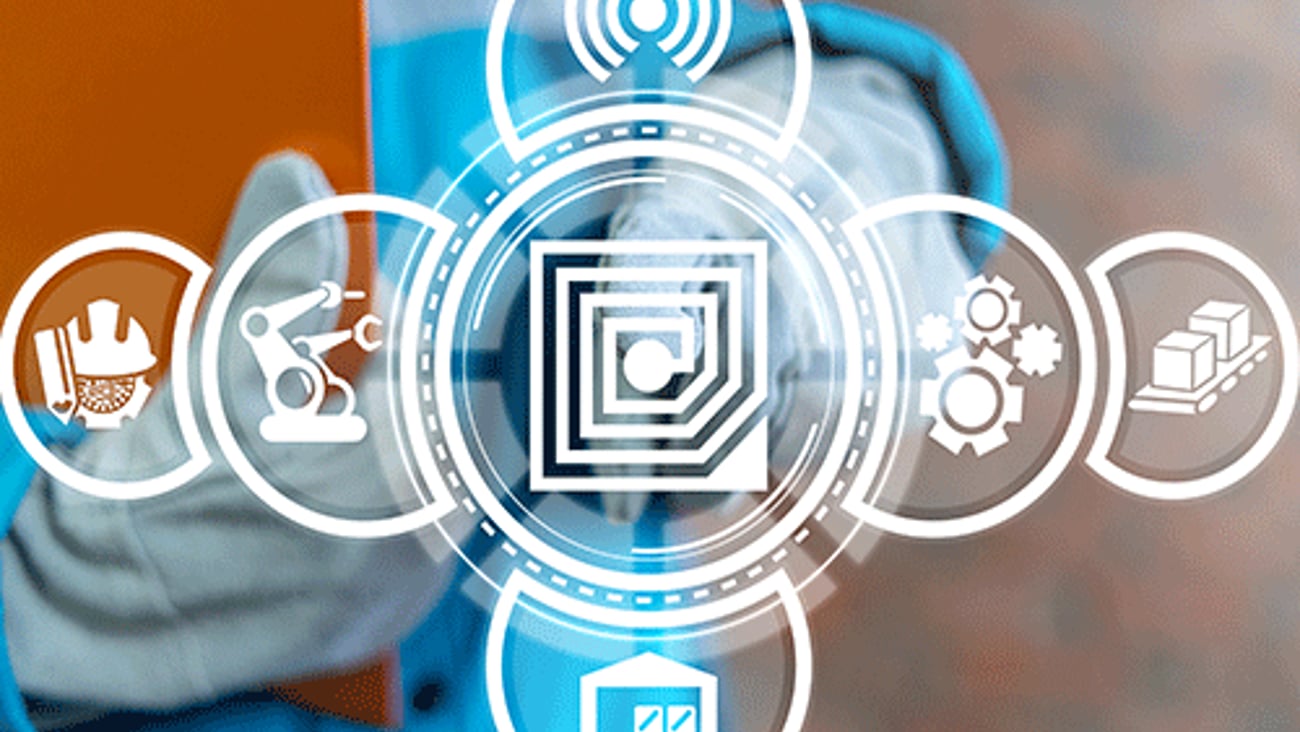Don’t leave out the human touch in artificial intelligence
Retail is an intensely personal business, and the best artificial intelligence (AI) deployments recognize that fact.
Amazon and the MIT Center for Transportation & Logistics are co-sponsoring a competition to train machine learning models to predict the delivery routes chosen by experienced drivers. Amazon is providing all information used by existing route optimization algorithms as part of the training data.
However, Amazon will also provide more than 4,000 traces of driver-determined routes, which encode the drivers’ know-how. Using both sources of information, contestants will be able to build models that identify and predict drivers’ deviations from routes computed in the traditional manner.
As demonstrated by the unpredictable, disruptive shocks caused by COVID-19, social unrest and extreme weather over the past 12 months, even the most sophisticated AI-based algorithms cannot include every possibility in their forecasting models. This includes predictions for optimal delivery routes, which can change at a moment’s notice due to sudden changes in weather, traffic, road construction, or other real-time factors.
By building data on how drivers respond to unanticipated route changes into its delivery optimization model, Amazon (with help from MIT) will end up with a much stronger framework than if it used machine-generated information alone.
Another way for retailers to infuse human intuition into their predictive AI solutions is to equip associates with AI-generated data to support their real-time decisions. This strategy, which has enabled teams comprised of human chess players working with computers to beat both human and computer opponents working alone, has been dubbed “racing with the machine” by MIT Sloan School of Management professor Erik Brynjolfsson. Two enterprise areas retailers can optimize with this strategy are merchandising and clienteling.
Merchandising
Since the late 1990s, retailers have been leveraging an increasingly sophisticated set of algorithms to optimize precisely what products are offered at a specific store, where they are placed, and how they are priced. AI technology can process billions of data points to refine store-level merchandising decisions far beyond human capability.
But store managers and associates can still play a vital role in store-level merchandising. Local events, small shifts in shopper demographics, and even the needs of individual customers may create variables that slip by AI analytics but are noticed by the humans working in the store. Integrating that knowledge into merchandising algorithms will only make them stronger.
Clienteling
Many retailers use some variety of clienteling in their stores. This strategy uses AI analytics to provide store associates and managers with real-time discounts and deals to offer a shopper who opts in to be identified. An AI-based CRM solution can instantly analyze in-depth historical customer data to create individually targeted promotions at a much more granular level than any human could.
Properly calibrated clienteling systems can greatly improve the success rate of in-store promotions. However, retailers should consider providing at least some associates and managers with the capability to override or augment AI-based promotional recommendations, based on their in-person observations.
A trained store worker who sees a customer eyeing a product not included in their previous browsing/purchase history, or discovers through conversation that a shopper has just taken up a new hobby or is looking for a gift, can create an on-the-spot personalized offer that even the best AI system would miss.







